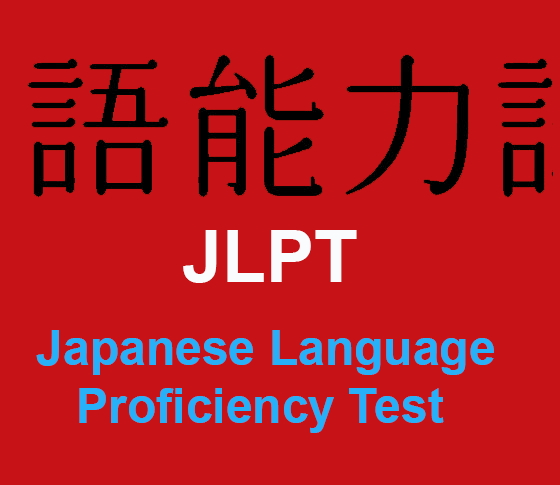
JLPT
The Japanese-Language Proficiency Test (日本語能力試験 Nihongo Nōryoku Shiken), or JLPT, is a standardized criterion-referenced test to evaluate and certify Japanese language proficiency for non-native speakers, covering language knowledge, reading ability, and listening ability.
The JLPT has five levels: N1, N2, N3, N4 and N5. The easiest level is N5 and the most difficult level is N1. N4 and N5 measure the level of understanding of basic Japanese mainly learned in class. N1and N2 measure the level of understanding of Japanese used in a broad range of scenes in actual everyday life. N3 is a bridging level between N1/N2 and N4/N5. Linguistic competence required for the JLPT is expressed in terms of language activities, such as Reading and Listening, as shown in the table below. While not noted in the table, Language Knowledge, such as Vocabulary and Grammar, is also required for successful execution of these activities.
Levels
N1- The ability to understand Japanese used in a variety of circumstances.
N2-The ability to understand Japanese used in everyday situations, and in a variety of circumstances to a certain degree.
N3-The ability to understand Japanese used in everyday situations to a certain degree.
N4-The ability to understand basic Japanese.
N5-The ability to understand some basic Japanese.




